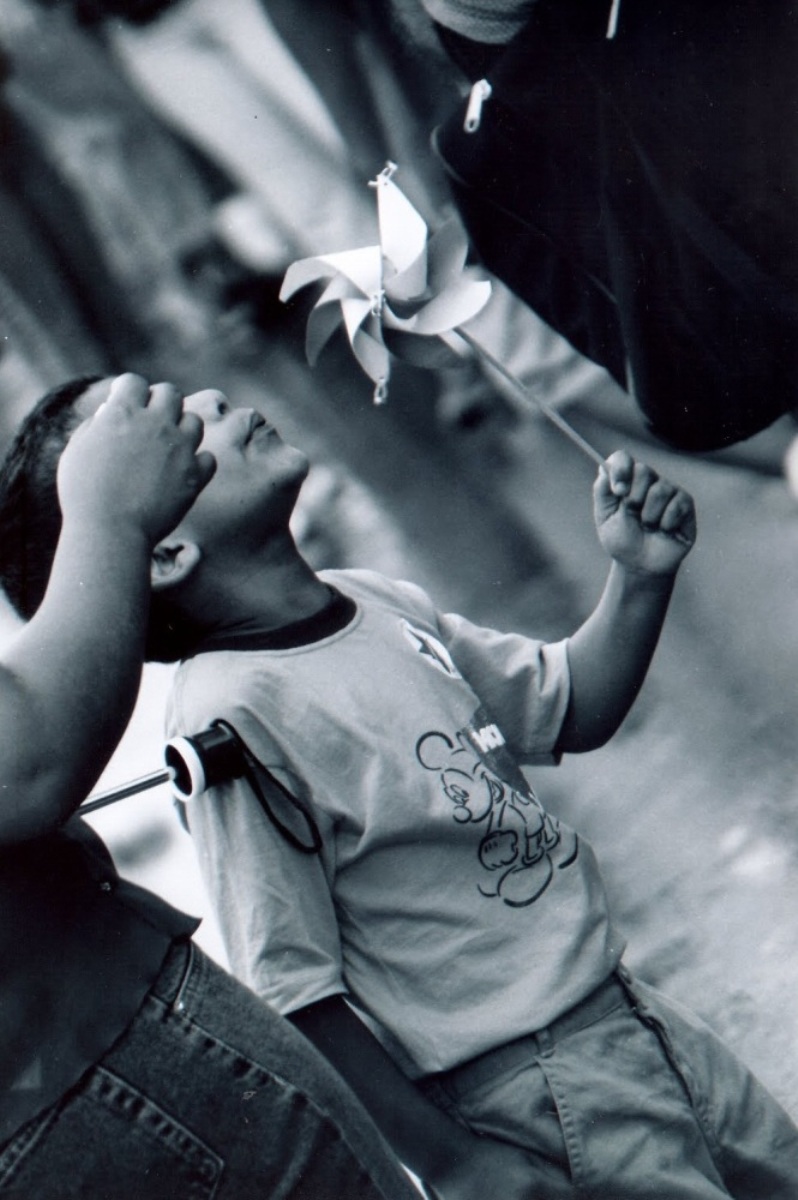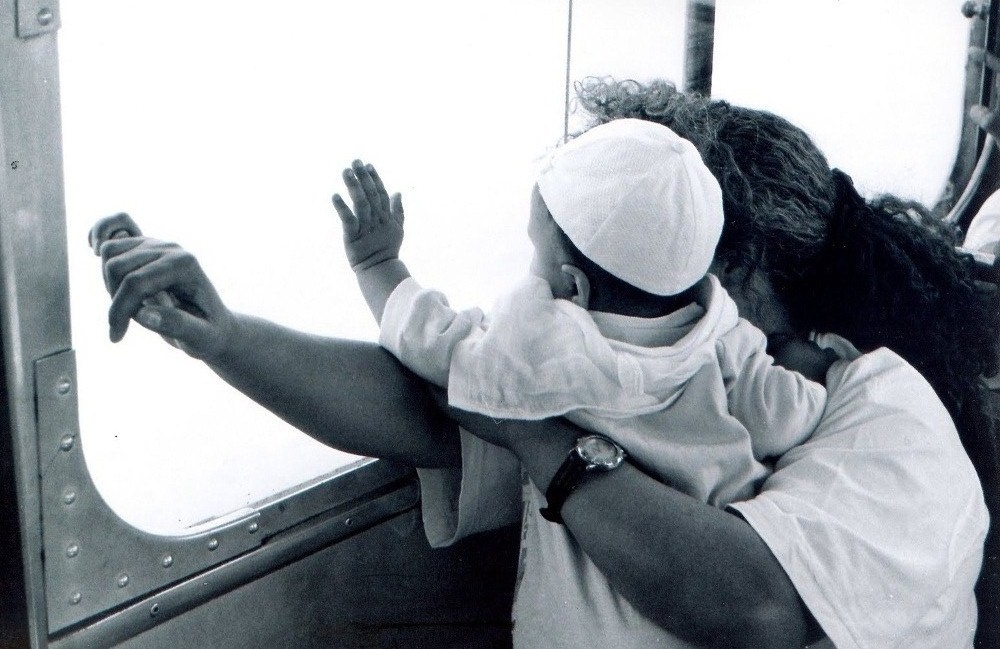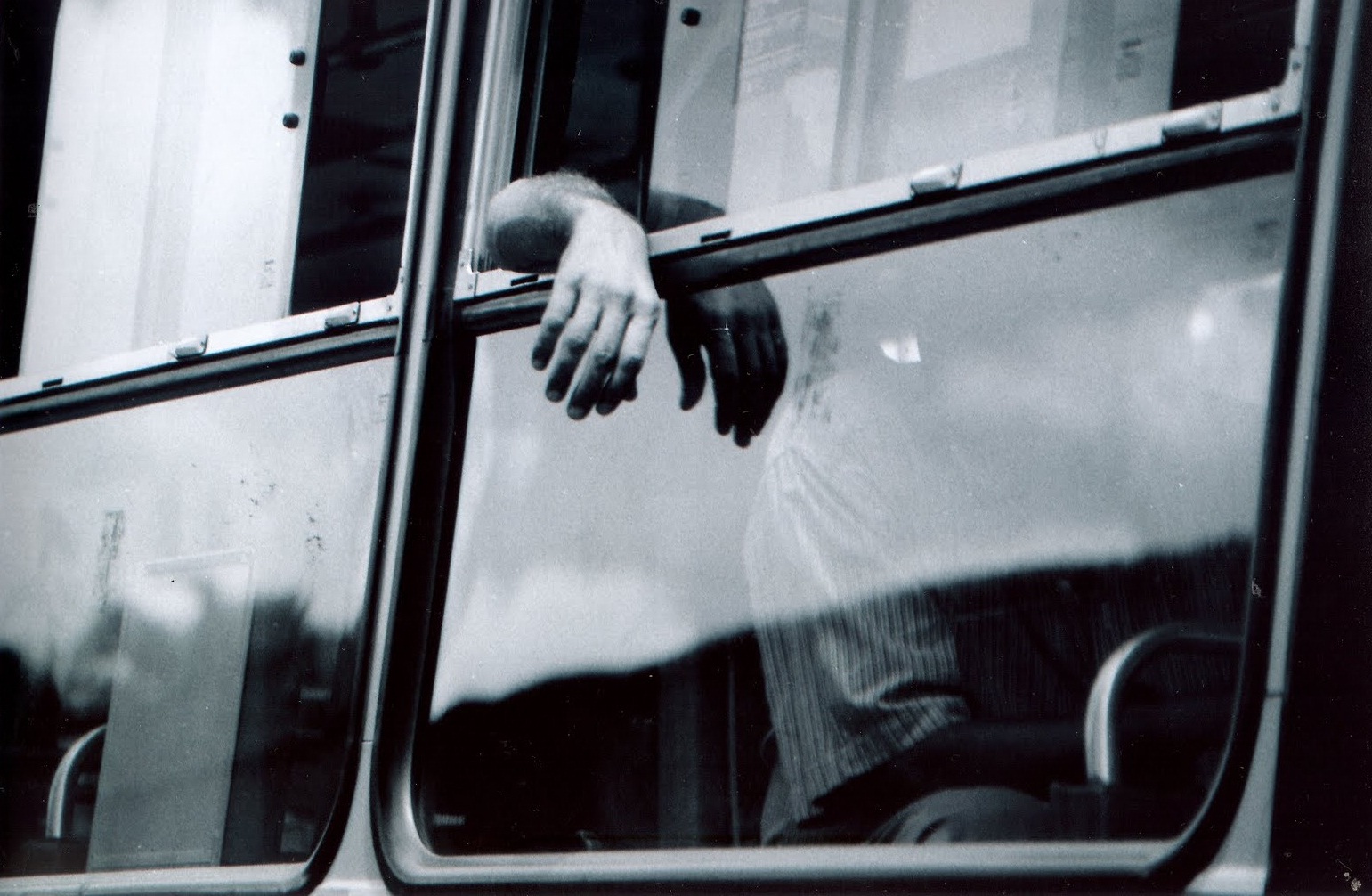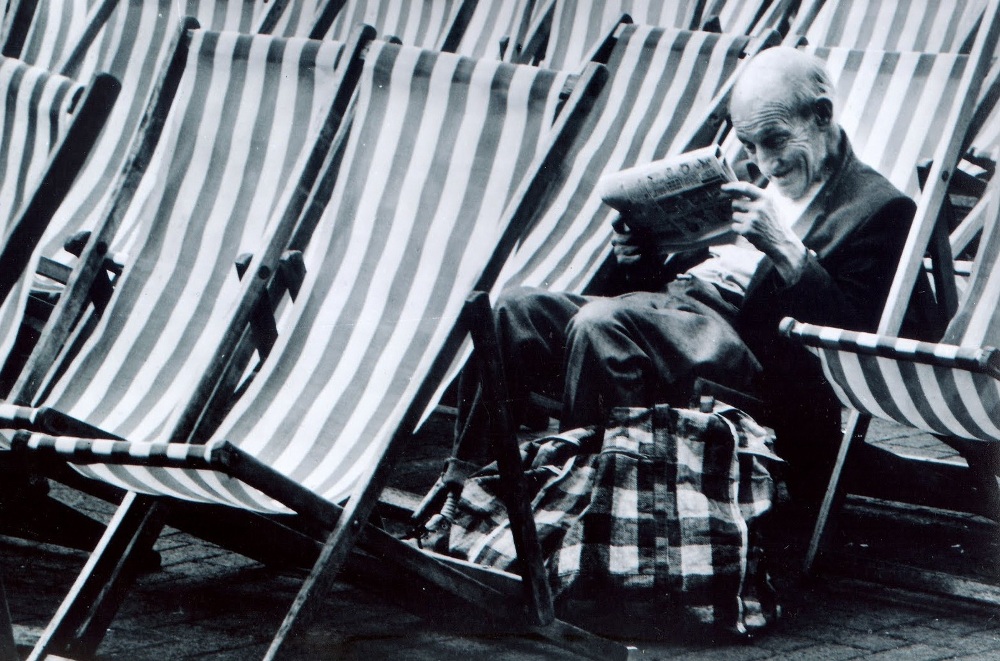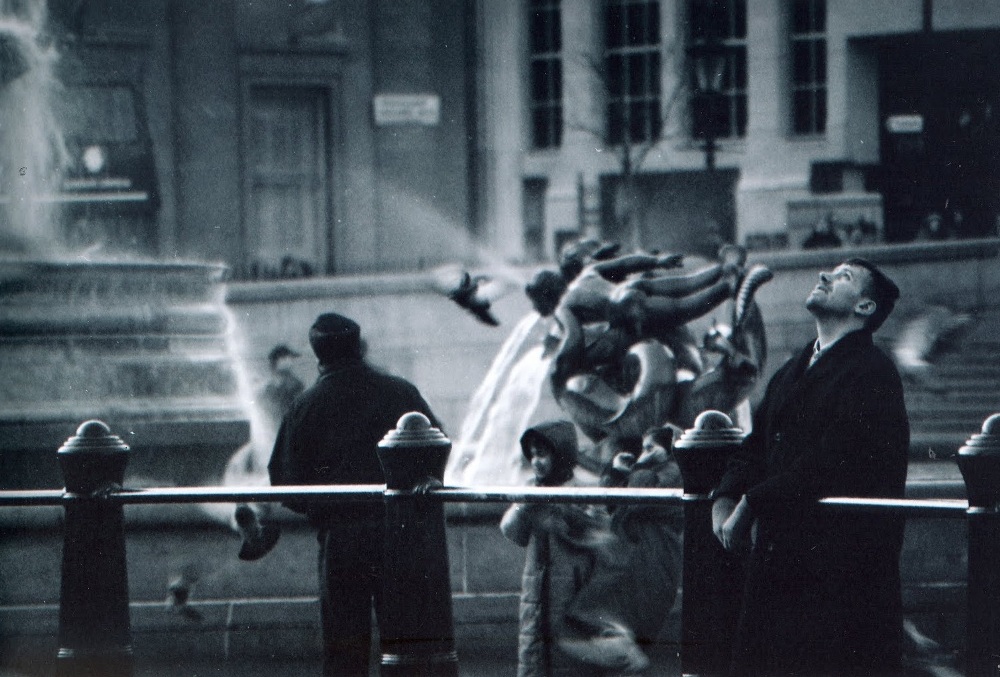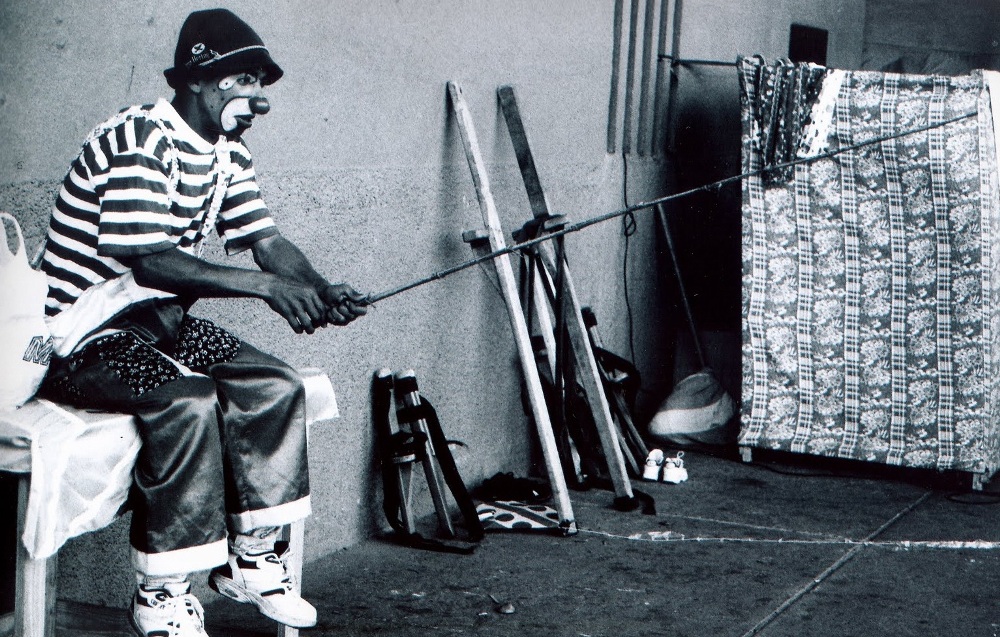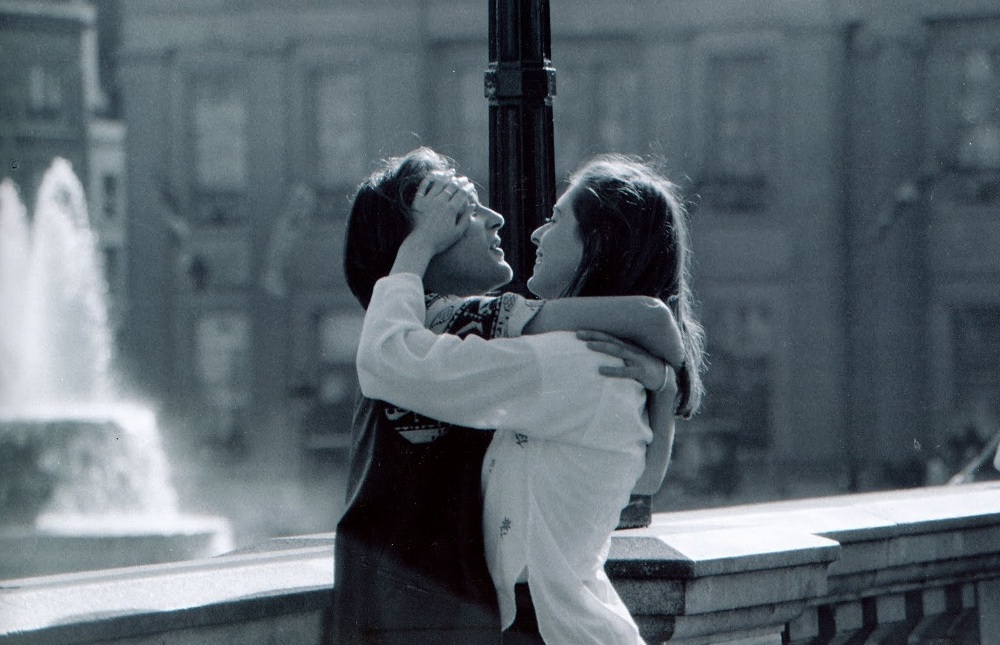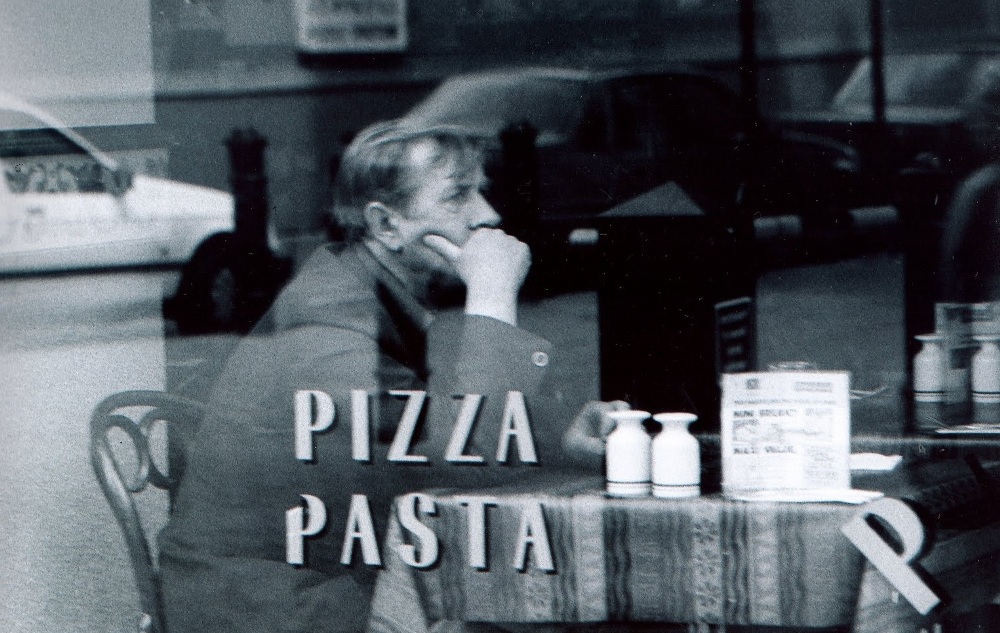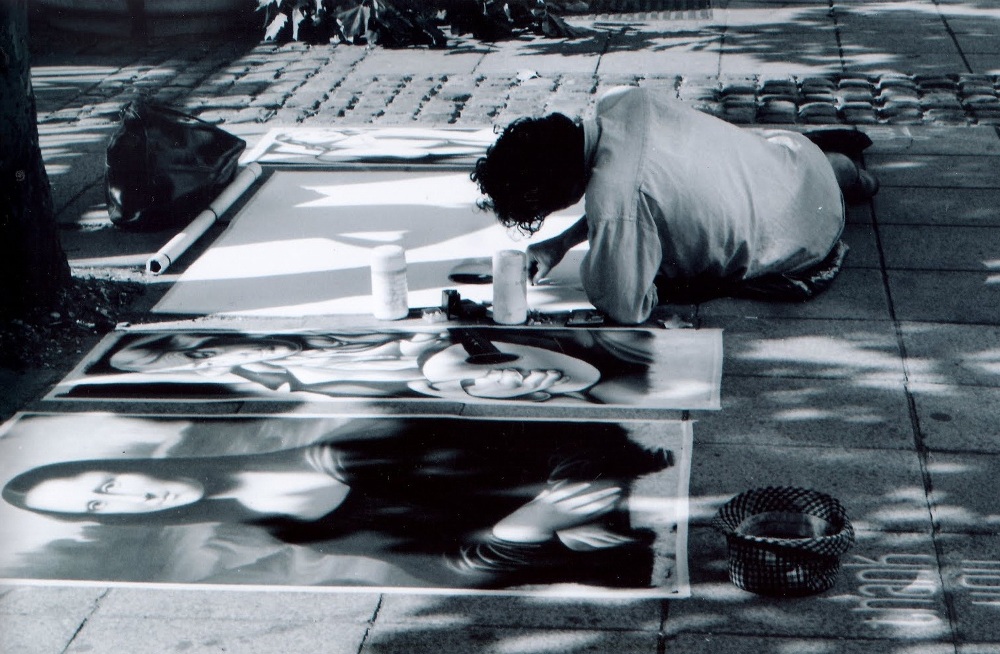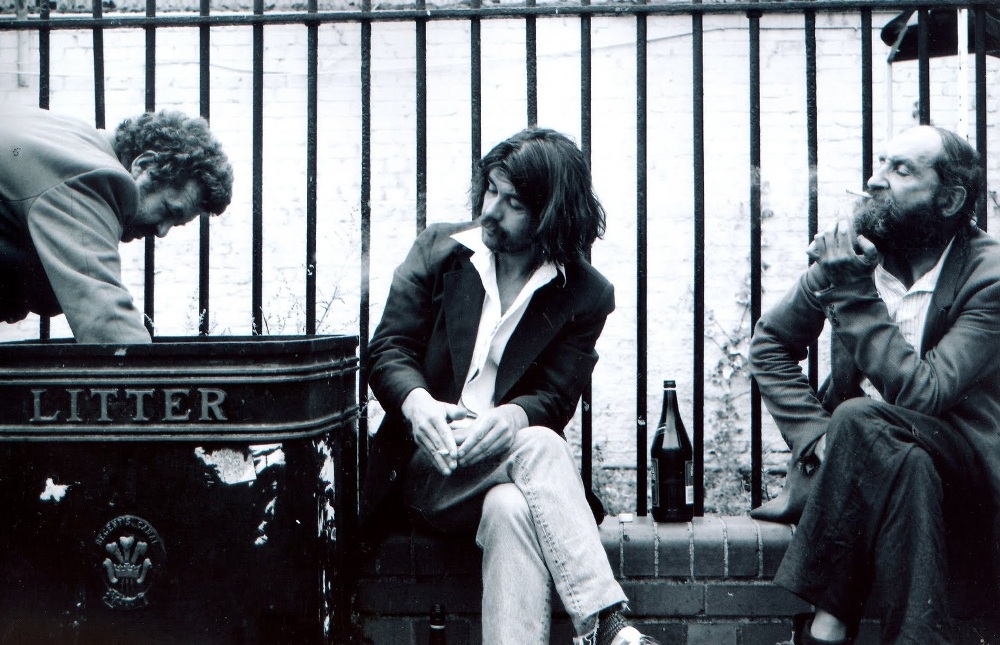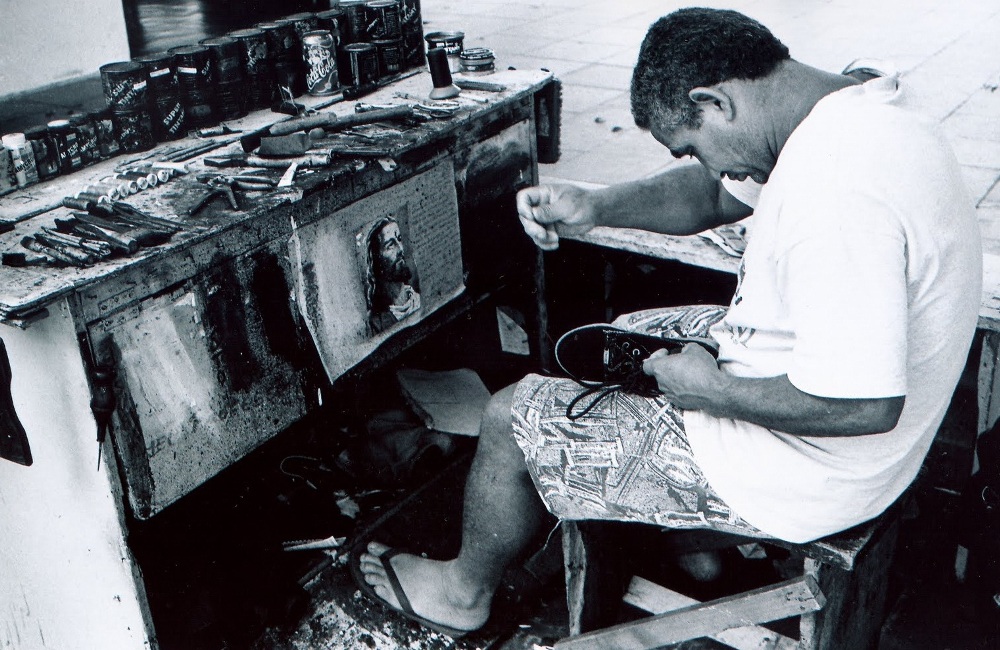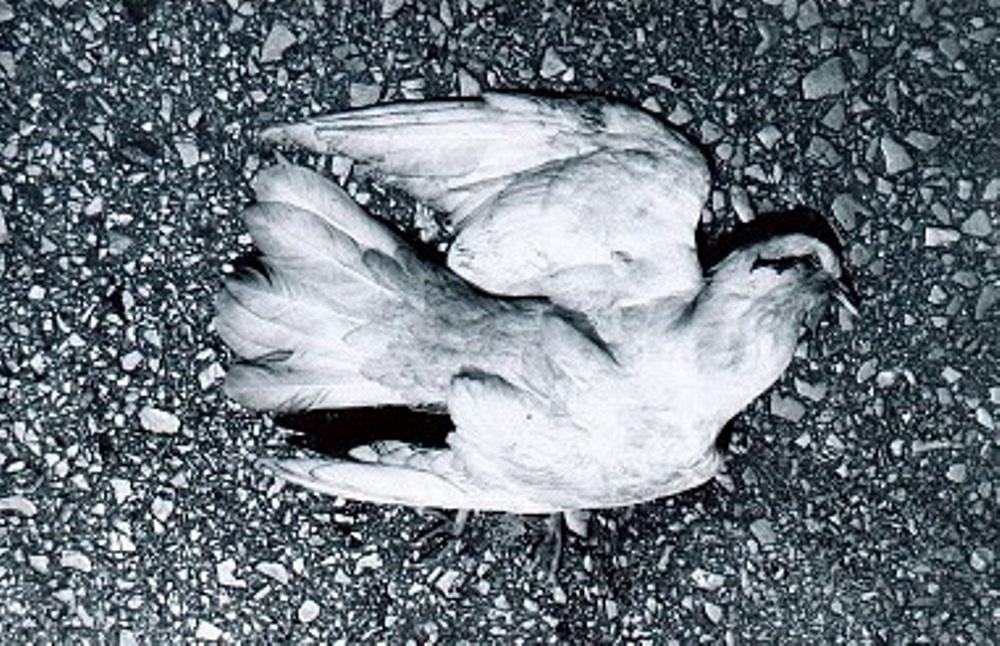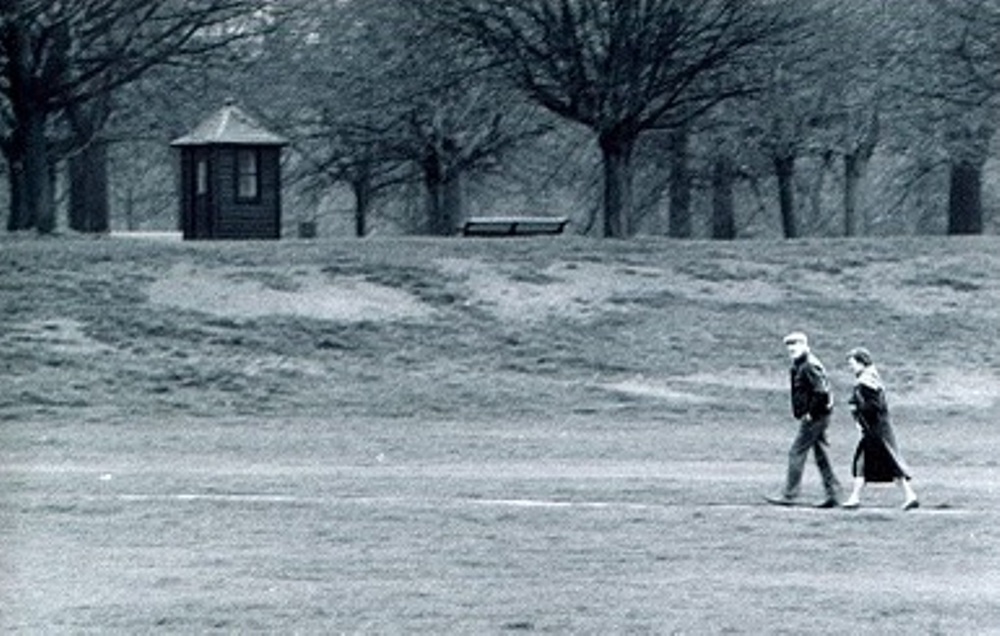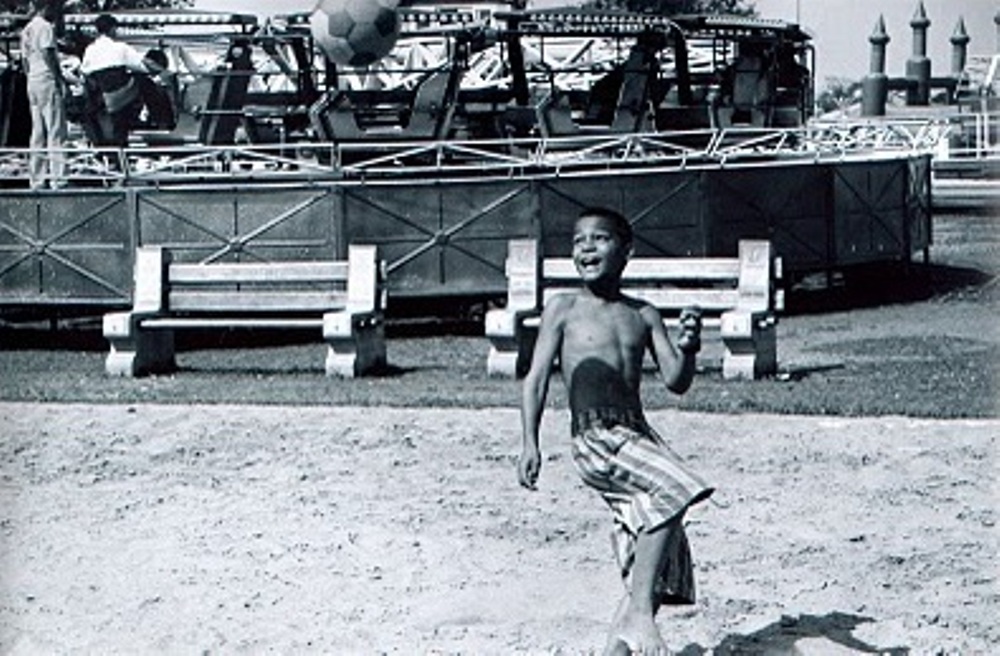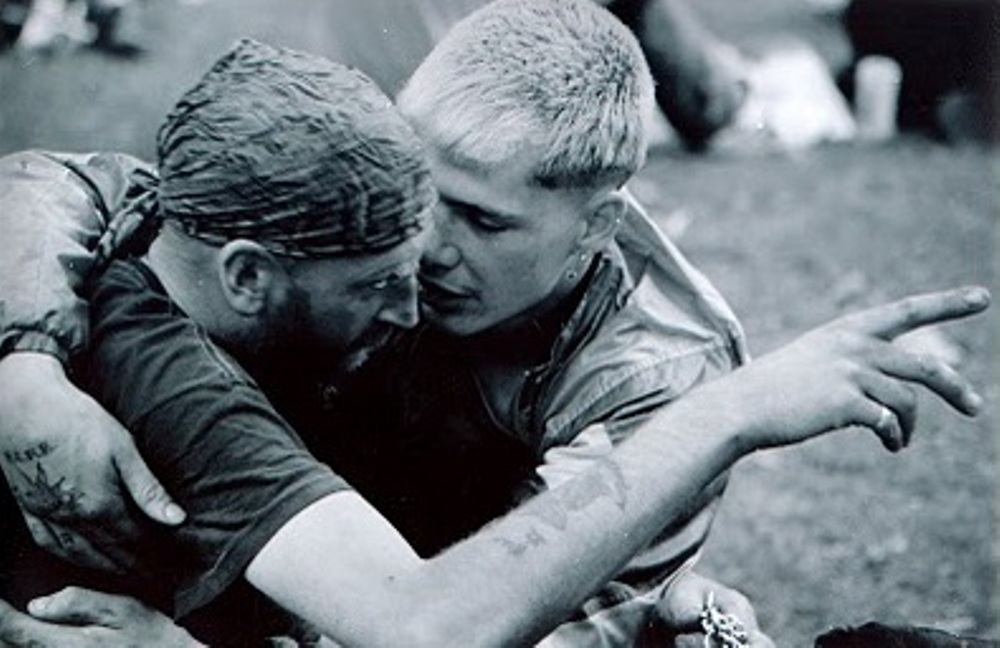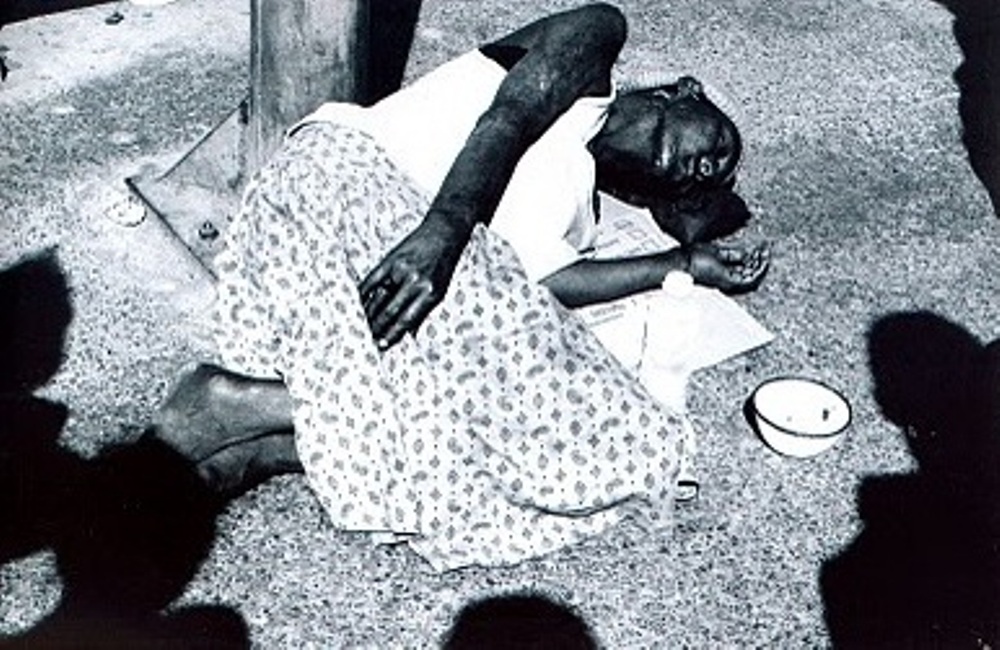By Kenia Cris
Images by Alexandre Santos
“The most extraordinary things are also the most everyday”, said Lefebvre on his analysis of everyday life. The search for a meaning of life is not to be found in anything other than (everyday) life.
Stop for a while. It takes a prolongued and magnified kind of look over trivial things to discover their mythical quality, to start to understand small miracles and why we generally fail to perceive them.
The perceptible world is nothing but a product of human action and we are a product of the perceptible world. Look around. Every single scene captured by your eyes, every face you spot is a mirror in which you should see and become conscious of your own self.
Only men and their activity exist. But everything happens as though men had to deal with external powers which oppress them from outside and drag them along. They do not know that they are alone, and that the ‘world’ is their work.
This fixing of human activity within an alien reality has a name: alienation.
Luck and fate, public life and personal life, public occasions and intimate situations, ideal and reality are just a few of the contradictions men occupy themselves with when thinking as individuals. These contradictions are at the same time a measure of the greatness and the suffering of the age in which we live.
It is through the alien self that the man develops, he creates himself through and by mean of his opposite, his alienation. What makes each of us a inhuman being also turns out to make us human, and vice-versa.
Alienation becomes then a means to a higher reality we’ll all encounter someday.
(The pictures above shown are from the Brazilian photographer Alexandre Santos’s 2010 work entitled “Surrounding almost” – a 19-year investigation of everyday life in five cities: London (England), Curitiba, Brasília, Goiânia and Anápolis (the four of them in Brazil). Santos’s angles of these cities mingle to form a unique view of a whole new place that could actually be any place.)






